- Advice
- Camping Tips
- Camping for beginners
The Ultimate Beginners Guide to Camping in the UK
Unzip the excitement of the great outdoors with our ultimate guide to camping for beginners. In this guide you'll find camping essentials for beginners , guides to camping gear, recommendations on finding the best campsites, and much more.
Our beginners guide to camping includes tips on:
- Choosing your camping destination
- Tents
- Camping in extreme weather
- Insurance
- Camping gear
- Packing
- Camping food
- Travelling to our campsites
- Things to do whilst camping
- Camping with kids
How to plan your first camping trip
Planning and preparation are key to the success of any camping trip. Follow the below steps and read our camping tips for beginners to start preparing for some of your first trips.
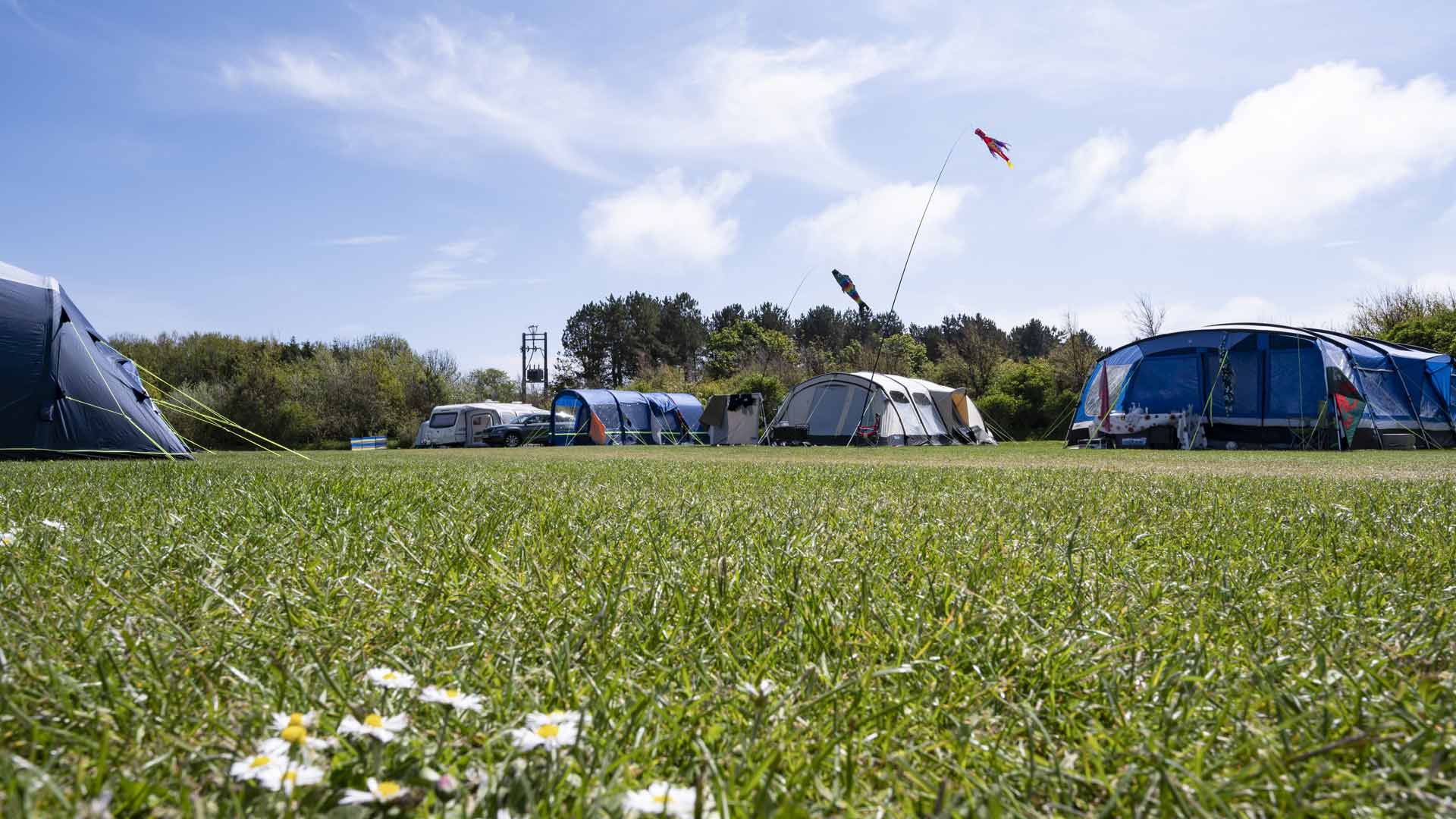
Step 1. Finding a camping destination
A great place to start is by asking yourself a simple question: where would you like to go? Once you know that, the rest of your trip will start falling into place.
As someone new to camping, it might be worth finding a campsite near home for your first trip or two. You’ll be familiar with your route there and know you’re not far from home if you need to cut your trip short for any reason. If you have a garden, practice pitching and packing away your equipment to ensure your set up is complete and to build confidence.
Step 2. Choosing a campsite
Once you know where you want to go, it’s time to find and book a campsite that fits all your needs. You can filter through our campsites by unit type, pitch types, campsite facilities and features and the activities around the campsite. We’ve included information below about pitch types so you can see which might be the right choice for you. We’ve also listed key facilities to look out for.
Pitch types
When you book your campsite, you’ll be asked to choose your pitch type. This simply means, which ground layout and facilities you’d like to book onto. There are two pitch types recommended for tents:
Grass only: This is a plot of grass with no electricity available which makes it the most affordable.
Grass with electric: A grass plot with an electric hook up so you can plug your tech in.
Facilities
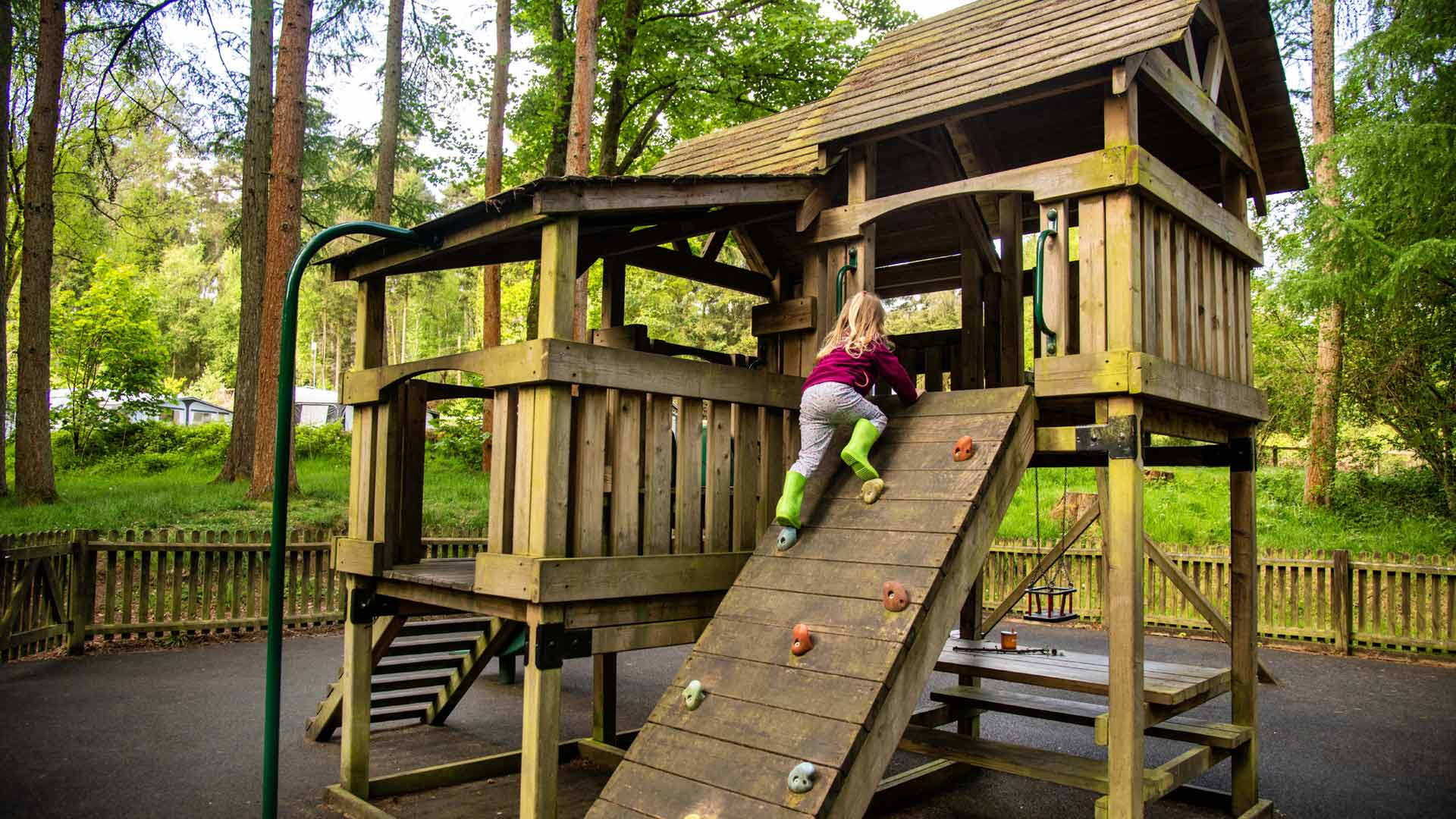
You’ll find that every campsite you look at will have different facilities on offer, and you can see these listed on their information pages. If you’re tent camping with no facilities you’ll want to look out for toilets, showers and dish washing facilities as a minimum. All of our campsites have drinking water taps. Here’s a list of some other facilities which you might want to look out for depending on your needs and the needs of those you’re camping with.
- Designated dog walk & dog wash
- Parent and baby room
- Children’s play area
- Ball game area
- Recreation room
- Washing machines
- Dedicated accessible facilities
Location
It’s worth checking what amenities are near to the campsite. Consider how far away the supermarket is or whether there’s a pub or café within easy reach. If you’re looking at a coastal getaway, is it important to you that you can walk to the beach?
Step 3. Choose camping accommodation
As a beginner, you will need to buy, borrow, or hire something to camp in.
When choosing a tent, there are a few considerations:
- How many people does it need to sleep? Note that the berth of a tent describes how many people will fit lying down and doesn’t take storage of belongings into account. It’s worth going to see tents in an outdoor shop if you’re unsure of size.
- How much are you looking to spend? Tents come at different price points. Are you looking to invest in something that might last or are you looking for a tent for a season or two before investing in another type of camping unit like a campervan?
- What time of year will you be camping? Porches are good places to store muddy boots and features like black out bedrooms are available which help in peak summer months.
How to pitch a tent
Your tent will come with a set of instructions specific to the make and model. It’s important you follow the correct order outlined in the instructions for easy pitching. The process of pitching a tent is similar no matter which one you have so read our guide on how to pitch a tent and watch the video below for 8 simple steps to follow.
Step 4. Camping in extreme weather
We all know the UK weather forecast isn’t always to be trusted and it’s a safe bet that you’ll be caught in a heavy rain shower, experience being too hot, or being too cold during one of your first camping trips. Here are a few tips on dealing with extreme weather while camping in the UK.
Camping in the rain
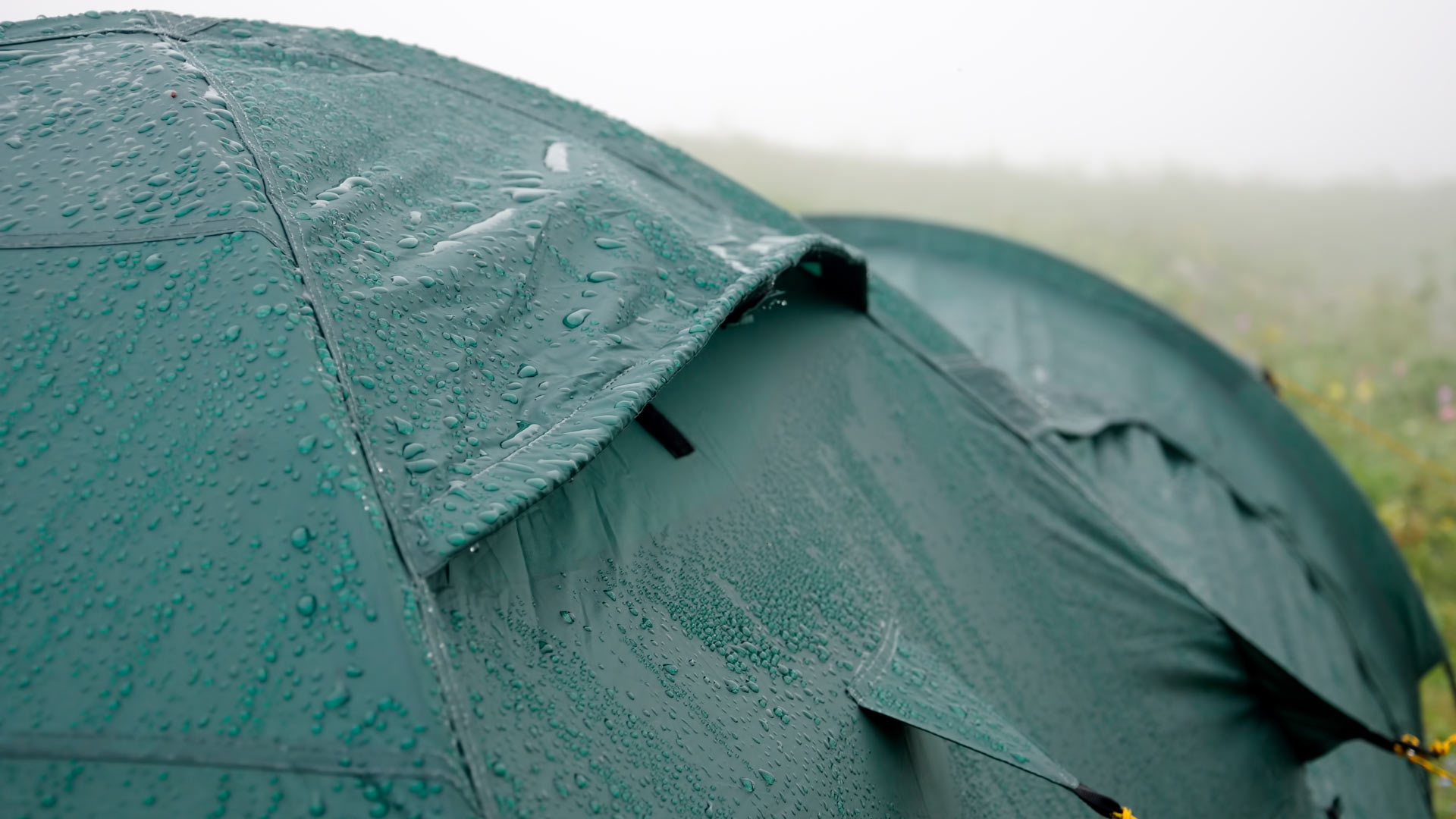
In the UK, it’s a good idea to prepare for the possibility of rain. We’ve listed our top preparation tips to help you stay dry below. Read our full list of tips to stay dry while camping.
- A high-quality tent with a good hydrostatic head rating should keep the water out, especially if it has a sewn-in groundsheet (for smaller tents).
- Before travelling check your tent for any damage and pack a repair kit.
- Do make sure when you pitch that your guy ropes are properly tensioned and avoid letting anything touch the sides of the tents when it rains.
- Designate an area (such as a porch) for wet kit.
- Ensure good ventilation to prevent condensation and to help dry your space our when it does get damp.
- Bring plenty of spare towels and a few waterproof bags for storing wet shoes and clothes.
- Waterproofs, wellington boots, and umbrellas are essential.
- When you get home make sure all equipment is dry before packing it away to avoid mould growth (you may need to air the tent at home before storing away).
Camping in extreme heat
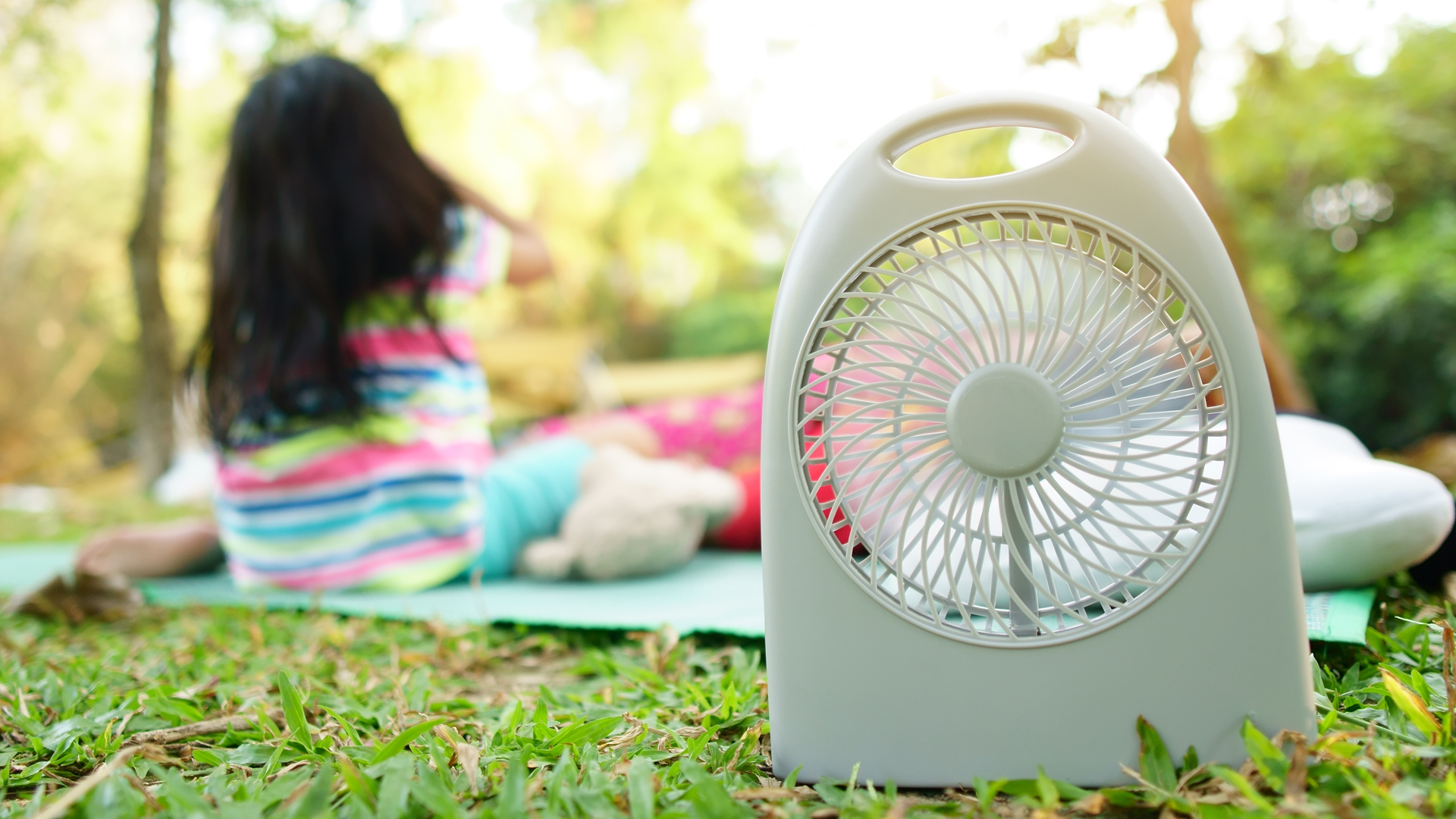
There are tent features to look out for when camping in a heatwave. Blackout technology keeps the sun out which helps to keep bedrooms cool and prevents the sun from waking you up too early. Windows or vents allow for air circulation, and airing the tent by opening doors in the daytime is highly recommended. If your tent is easy to assemble and disassemble you could take it down and then put it up again when the sun has gone down. Here are some additional ideas to help when camping in extreme heat:
- If you know it’s going to be hot, pack a fan and any other hot weather essentials like a hat and sun protection.
- Follow the usual rules of staying hydrated and ensuring you wear suncream.
- It can be hard to avoid the midday sun when tent camping, so plan your days to be off site, enjoying the local area during the hottest part of the day.
Camping in snow
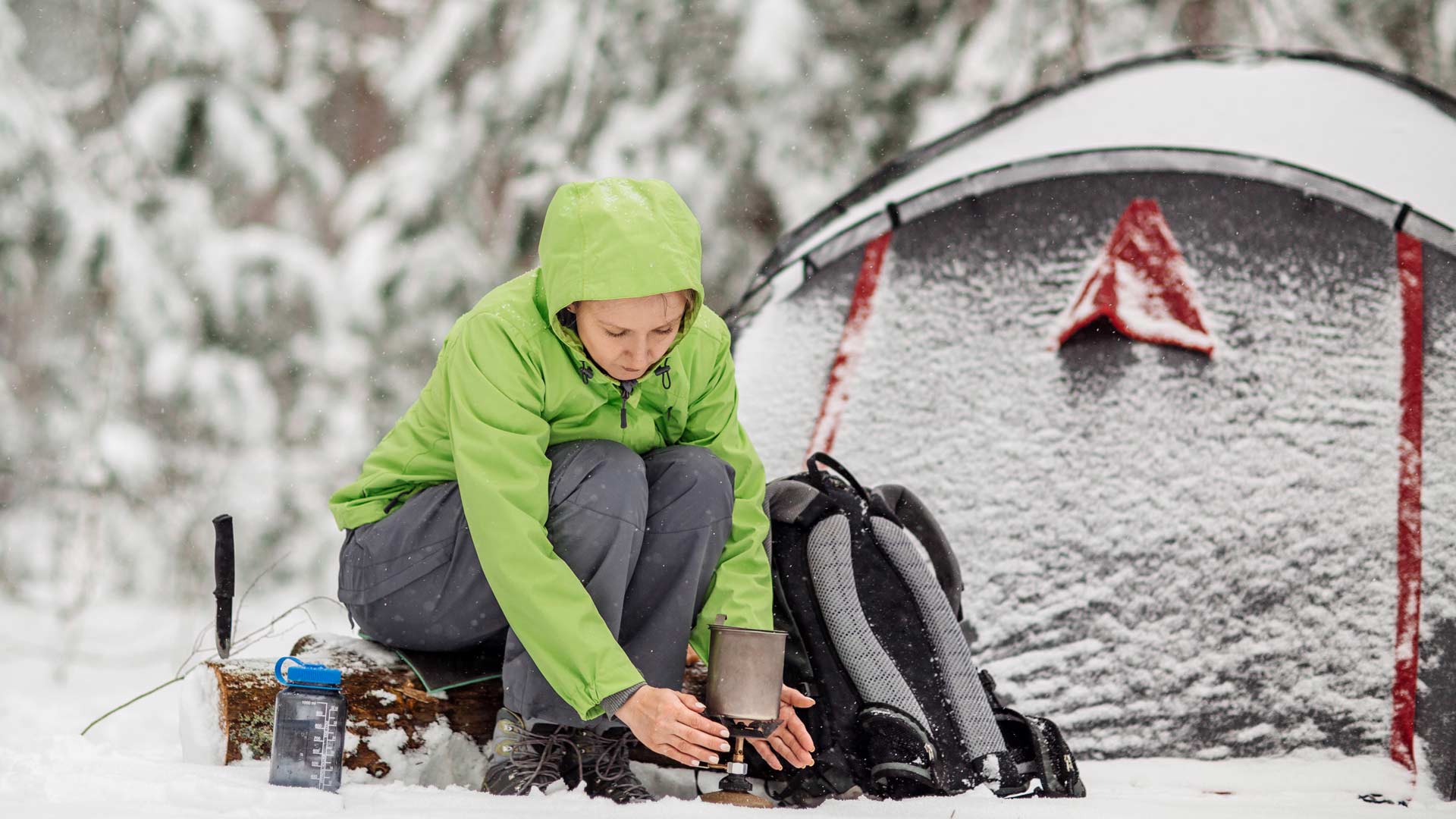
As a beginner, the best time of year to camp is form spring through to early autumn . That doesn’t mean you can’t camp in the colder months, and many do with great satisfaction. Taking the right kit is key. A four-season tent and sleeping bag rated for lower temperatures will help to protect you from the elements. Be smart with your clothing by wearing warm layers which wick moisture and keep you dry. You’ll want more insulation in the winter between you and the cold ground. Upgrade your sleeping mat and take plenty of blankets for more warmth if needed. It might sound counter productive but ensure you maintain good ventilation in cold weather as damp conditions from condensation will make you feel colder.
Step 5. Purchase insurance
The last thing you want or need is for you to get to your campsite and something goes wrong. To make sure nothing ruins your perfect camping holiday, purchase Club Care insurance.
Step 6: Invest in camping accessories
You’ve got your tent, and you’ve booked your campsite, what’s next? Well, there are a few other camping accessories that you’ll need to consider purchasing before you set off on your holiday.
Beginners camping tip: Save money and the environment by purchasing second-hand camping equipment. If you’re a member, you can also save by checking out our member-exclusive offers and discounts.
Step 7. Create a checklist
We know that planning any holiday can be stressful, especially if it’s your first camping trip. For that reason, we’ve put together the ultimate camping essentials checklist, so you won't forget a single thing.
If you’re camping with your family or your dog or taking a caravan or motorhome with you for the first time, you may need to remember a few extra items. Check out the pages below for some added inspiration and create your own personalised checklist.
Step 8. Create a camping meal plan
It is up to you what you want to do for food whilst camping (you may even choose to rely on the nearest pub or café). It is also up to you if you want to use a stove or a barbecue. Create your meal plan according to the equipment you have. Think about how easy it will be to wash up, whether you have any sort of refrigeration available, and whether you be near supermarkets, so you don’t have to take and store all the food you need with you.
A small gas stove would be a good place to start. Stoves allow boiling and frying, so dried foods such as pasta and rice work well. Tinned foods are camping staples. These also have the advantage of needing no refrigeration. However, a cool box with ice packs may provide refrigeration for milk, cheese and other items.
Step 9. Plan your route
To nail the confident camper look, you need to know where you’re going and how to get there. Whether you’re driving, cycling or catching public transport, plan your route ahead of time.
Some campsites are easy to reach, and others can be more challenging. It’s wise to set your navigation up beforehand and plan regular stops to refuel your vehicle and yourself. To find the travel information for all of our Club Sites, scroll down to the ‘Travel’ section on your chosen campsite, and you’ll find the campsite address, directions, and clear instructions on how to approach it safely. If you’re still unsure, contact the campsite for further information.
What to do while camping
Camping is all about enjoying the beautiful outdoors and taking in the fresh air. Whether you’re a thrill seeker, sunbather, nature lover or a history buff, you’ll definitely find something for you when camping.
Camping with children
Camping is a fantastic, family-friendly adventure where you can step away from technology and make many new memories with your children. Our family-friendly campsites have on-site play areas for kids and other facilities such as ball game areas.
Both on and away from our campsites, camping is a brilliant way to introduce children to the incredible outdoors. Click through the links below to explore activities like birdwatching and to discover some of the top family attractions near our campsites.
Camping with dogs
Sometimes all you need is the company of your canine companion. There’s plenty to do when you’re camping with your dog. Not only do some of our Club Sites have designated dog walks and dog facilities, but there are also great dog-friendly activities nearby.
Before you leave the campsite
After you’ve had a spectacular camping holiday at one of our breathtaking campsites, make sure you leave no trace behind, so the next campers can enjoy a hassle-free trip. Here’s our guide to packing up your pitch:
- Empty the tent of all luggage, bedding, and other equipment
- Sweep any mud, insects, leaves etc inside the tent
- Check your specific tent instructions but for a 2-3 man dome tent with poles start with the outside of the tent and unpeg guy ropes
- Remove poles and place in bag
- Check outer layer of tent (dry with towel if needed) and place in bag
- Unpeg inner layer/groundsheet. Place pegs in peg bag
- Check underside for mud, leaves moisture etc. Dust/wipe if needed. Fold and place in bag (if the tent is especially wet you may have to air it when home)
- Check pitch for any items you may have forgotten
- Sweep pitch for litter and place all litter in bins provided at the campsite
